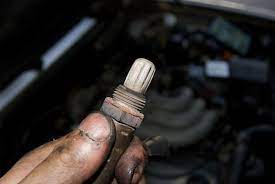Imagine if you’re enjoying a long drive with your friends and suddenly your car’s license plate starts to rattle. Which kept you wondering overall how to stop license plate rattle? This can be caused by a subwoofer or other speakers in the car. This article will show you how to fix the license plate rattle.

In this article, we’ll be discussing the benefits of the license plate, installing process of the license plate, and easy fixes of how to stop license plate rattle in the car? Let’s get started.
What Are The Benefits Of Using The License Plate?
Here are some benefits of using a license plate:
1. Avoid The Need For Screws In Between Alphabets/Numbers On The Plate:-
The screw locations on the car body/bumper will always be in the center of the plate. At times this will come on top of the number, spoiling the plate or ruining the aesthetics. With number plate frames, there will be no need for a screw to hold the number plate on the car body. The frame will be mounted on the car and the frame will ensure the plate stays on firmly.

2. Reduce Vibrations Of The Plate If The Car Has A Bass-Heavy Sound System:-
If you have a Subwoofer in the car, the number plate, especially the number plate mounted on the hatch door will resonate and make noise with music and this is annoying. The use of a number plate frame will prevent this.

3. It Will Give A Small Amount Of Protection For The Number Plate From Small Dents In The Event Of A Contact:-
As for the MVD mandated Safety Rivet, you can Rivet the plate on the top or bottom corners to comply with the norm without spoiling the aesthetics of the plate.

How To Install The License Plate In Car?
Firstly, Create a clean slate by removing your license plate and wiping it clean of any dirt or debris. This is also a great opportunity to wash and wax the area behind your plate.

1. Protect Your Vehicle With Rubber Spacers:-
Peel the paper from the rubber spacers, revealing the adhesive. Align spacers with mounting holes and stick them to the back of the license plate to prevent vibration and protect the vehicle. If your vehicle only allows for 2-hole mounting, insert rubber plate bumpers into the lower holes.
2. Insert Plate Into Frame Using Tabs:-
Insert the bottom edge of the license plate into the frame so the mounting tabs hold the plate in place.
3. Prepare Hardware Hider Caps:-
Insert stainless steel screws through the hardware hider caps.
4. Put It All Together:-
Align license plate and frame with mounting holes on vehicle. Slowly thread each screw with hardware hider cap into the vehicle mounting hole in a clockwise direction.
5. Finishing Touches:-
Tighten screws until they are seated and firmed against the frame. Firmly snap all hardware hider caps closed. Remove any fingerprints from the license plate frame using a microfiber towel.
Here’s the installation process of the license plate in the car.
How to Stop License Plate Rattle In Car?

Here are some following steps through which you can stop the license plate rattle very easily:
Step 1:- Identify The Noise
The first step is to identify where the noise is coming from. Try turning on the radio and seeing if the noise changes. If it does, then the noise is likely coming from the speakers. If it doesn’t, it is likely coming from the license plate.
Step 2:- Try Using Foam Padding
To fix your license plate rattle is to put foam padding between the license plate and the car. This is a cheap and quick method of removing the rattle without much work.
Step 3:- Adjust The Screws
Try and adjust the screws on the license plate. This may fix the rattling noise.

Step 4:- Attach A Piece Of Metal Or Plastic
Another option is to attach a piece of metal or plastic to the back of the license plate. This will help to prevent the rattling noise.
Step 5:- Try Mounting The License Plate
Finally, you can try mounting the license plate higher up on the car. This will help to keep it from vibrating against the car.
Step 6:- Adjust Or Replace The Speakers
If none of these methods work, you may need to adjust or replace your speakers.

Hence, if you’re wondering how to stop license plate rattle then, these are some steps through which you can easily fix the license plate rattle. If you’ve followed all the steps properly but the issue remains it is recommended to stop your car at the auto care center.
Conclusion:-
We hope the above-mentioned information about the benefits of the license plate, installing process of the license plate, and easy fixes of how to stop license plate rattle in the car? will be helpful to all the readers.
If anybody’s doubts persist feel free to comment in the comment section below. We’ll try to solve your doubts as soon as possible.































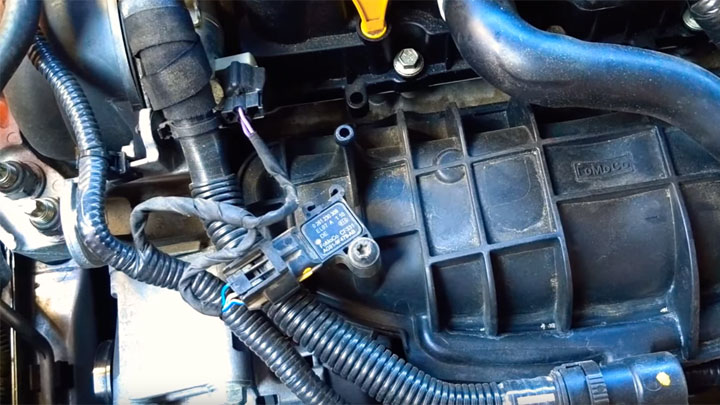







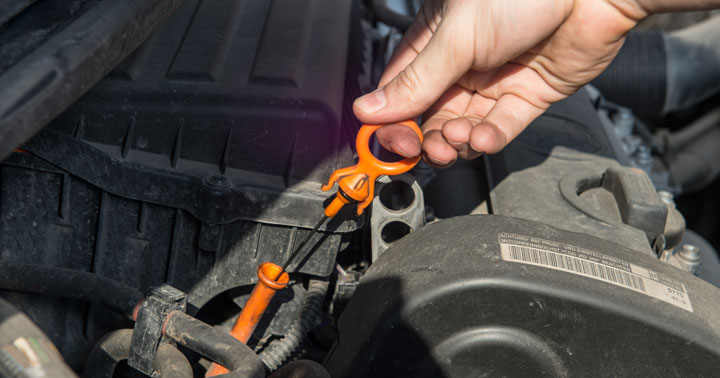
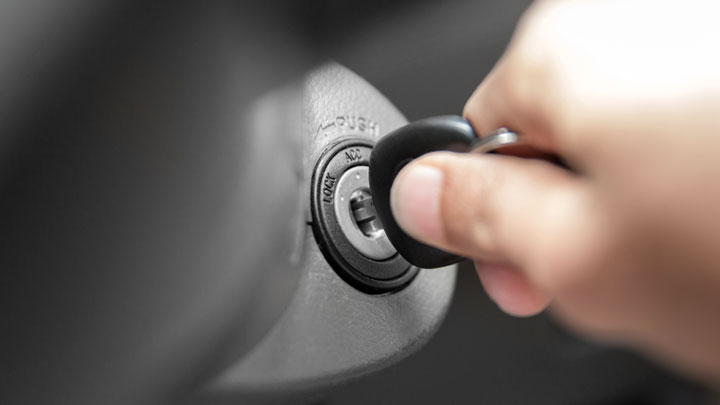


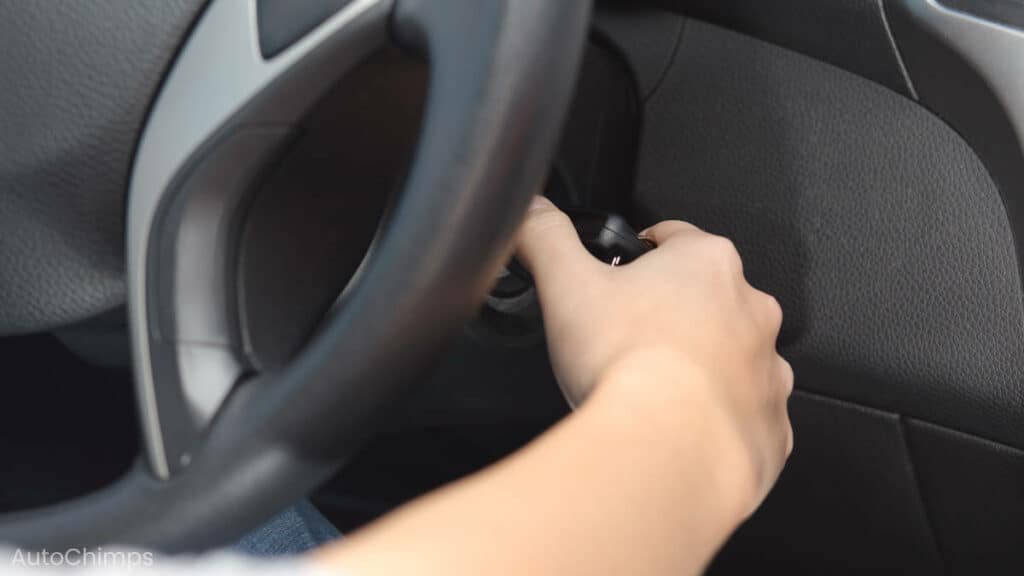




/man-under-hood-56a056c55f9b58eba4aff0b5.jpg)




















